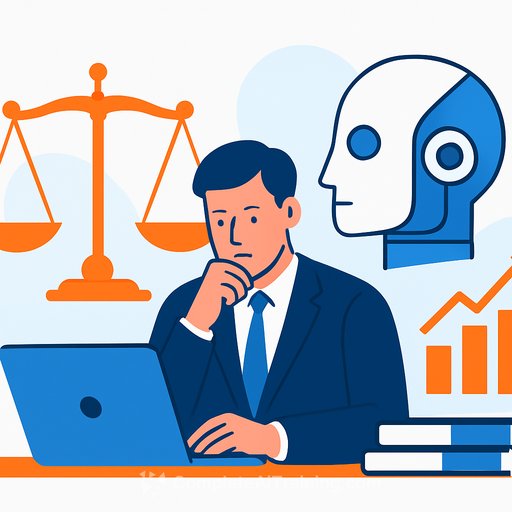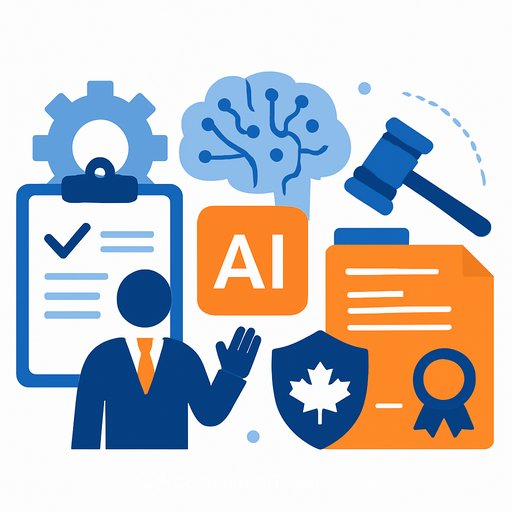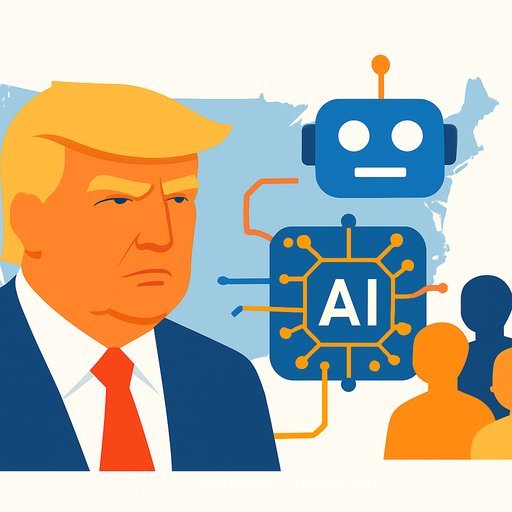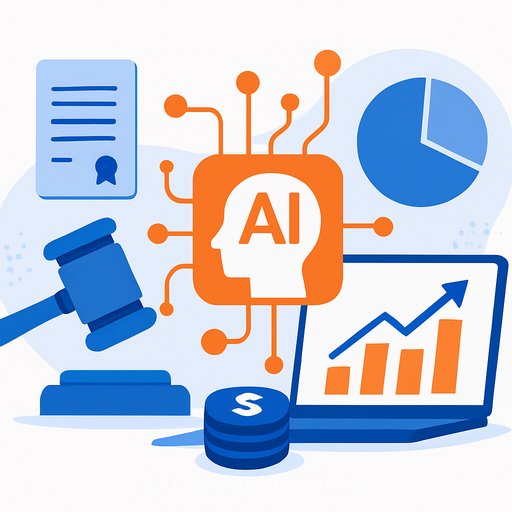Generative AI Is Speeding Work-But Clients Aren't Seeing Smaller Bills
Generative AI is making document review and drafting faster, but most clients aren't seeing the savings. In an Association of Corporate Counsel survey, nearly 60% of in-house counsel reported no noticeable cost reductions tied to outside counsel's AI use. Among those who did, 13% saw fewer billable hours and 20% saw faster turnaround.
The gap is simple: efficiency gains exist, billing models haven't caught up.
Why Billing Hasn't Shifted
"Law firms don't know how to charge clients for using AI tools, and clients don't know how to request a reduction in fees," said Weston Wicks of Gartner. Adoption inside legal departments is still early, and the market is fragmented with hundreds of tools and firm-specific approaches. It's no surprise traditional billing structures lag behind the tech.
Client Pressure Will Set the Price
According to ACC's outgoing president and CEO Veta Richardson, clients will drive the next pricing shift. Many legal departments are adding AI provisions to outside counsel guidelines, directing lower-risk tasks to AI and expecting the savings to be reflected on invoices. The report also shows 64% of departments expect to bring more work in-house-a direct lever on law firm pricing strategy.
Adoption Is Real, But Not Universal
Usage is mixed. In recent data, 21% of attorneys use generative AI about once a day, while a third haven't used it in six months. More than 60% of ACC survey respondents said it's still early for material cost reductions. The tech curve is ahead of the pricing curve.
What In-House Teams Can Do Now
- Update outside counsel guidelines: define AI-eligible, lower-risk tasks (e.g., first-pass review, clause comparison, summaries) and require savings to be reflected in hours or fees.
- Shift to outcome-based fees for repeatable work (fixed fees, caps, success fees) where AI shortens cycles.
- Ask for matter budgets that assume AI use, with explicit efficiency targets and quality metrics.
- Require billing transparency: separate line items for AI-assisted work, human review time, and tooling costs.
- Run limited AI pilots on high-volume tasks and baseline pre/post hours, accuracy, and turnaround.
- Build an internal AI playbook: approved tools, data handling, privilege safeguards, and review protocols.
- Set QA checkpoints for AI outputs: sampling rates, second-level human review thresholds, and escalation paths.
- Establish KPIs in engagement letters and tie bonuses/holdbacks to them.
What Law Firms Should Do Now
- Create pricing models that reflect AI's impact: fixed-fee menus, subscriptions for workflows, or "AI-first" bundles with defined SLAs.
- Offer clear audit trails: prompt histories, citations, reviewers, and time saved per task.
- Publish an AI governance note for clients: data security, confidentiality, model selection, and hallucination controls.
- Redesign workflows: push AI to intake, triage, and first-draft phases; reserve senior time for judgment calls.
- Proactively propose savings: commit to percentage reductions on AI-eligible tasks and share the time studies.
Metrics That Matter
- Turnaround time by task and matter phase.
- Hours per document (pre/post AI) and rework rates.
- Accuracy/issue-spotting scores vs. human-only baselines.
- Cost per matter and variance vs. budget.
- Percentage of matters with AI-eligible tasks priced via fixed or capped fees.
Where This Is Headed
AI will keep compressing time on routine work. Clients will translate that into pricing pressure through guidelines, KPIs, and alternative fee arrangements. Firms that quantify savings, redesign processes, and price accordingly will keep the work. Those that don't will see it move in-house.
Helpful References
Upskilling Your Legal Team
If you're formalizing AI training for legal ops or practice groups, explore role-based options: Complete AI Training: Courses by Job.
Your membership also unlocks:






